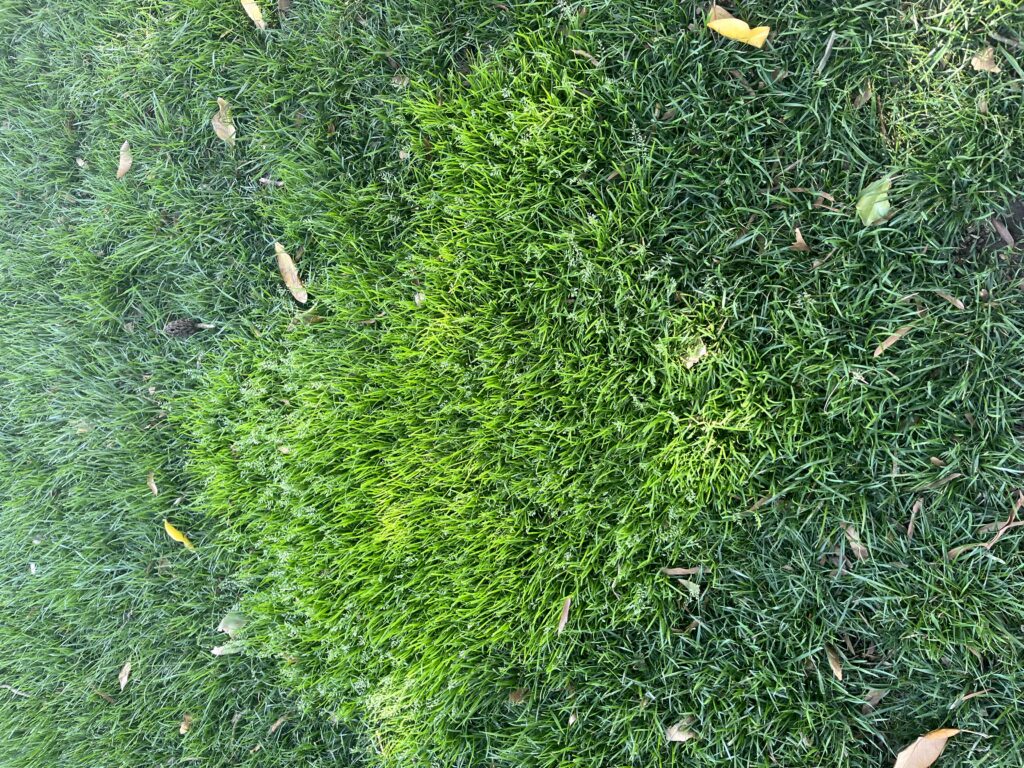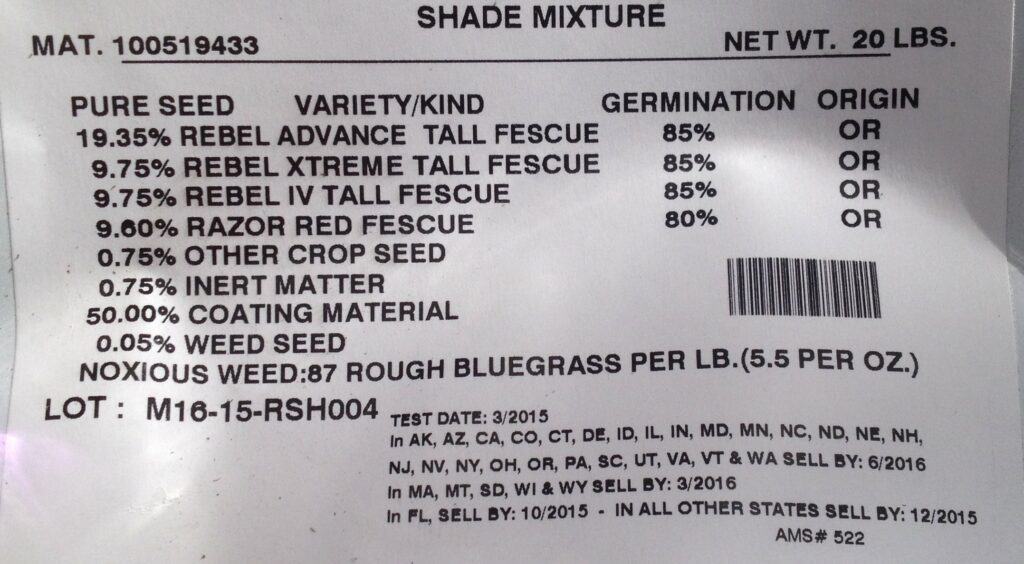What Are the Yellow Patches of Grasses in Cool-Season Grasses in Spring?
go.ncsu.edu/readext?923124
en Español / em Português
El inglés es el idioma de control de esta página. En la medida en que haya algún conflicto entre la traducción al inglés y la traducción, el inglés prevalece.
Al hacer clic en el enlace de traducción se activa un servicio de traducción gratuito para convertir la página al español. Al igual que con cualquier traducción por Internet, la conversión no es sensible al contexto y puede que no traduzca el texto en su significado original. NC State Extension no garantiza la exactitud del texto traducido. Por favor, tenga en cuenta que algunas aplicaciones y/o servicios pueden no funcionar como se espera cuando se traducen.
Português
Inglês é o idioma de controle desta página. Na medida que haja algum conflito entre o texto original em Inglês e a tradução, o Inglês prevalece.
Ao clicar no link de tradução, um serviço gratuito de tradução será ativado para converter a página para o Português. Como em qualquer tradução pela internet, a conversão não é sensivel ao contexto e pode não ocorrer a tradução para o significado orginal. O serviço de Extensão da Carolina do Norte (NC State Extension) não garante a exatidão do texto traduzido. Por favor, observe que algumas funções ou serviços podem não funcionar como esperado após a tradução.
English
English is the controlling language of this page. To the extent there is any conflict between the English text and the translation, English controls.
Clicking on the translation link activates a free translation service to convert the page to Spanish. As with any Internet translation, the conversion is not context-sensitive and may not translate the text to its original meaning. NC State Extension does not guarantee the accuracy of the translated text. Please note that some applications and/or services may not function as expected when translated.
Collapse ▲Fred Yelverton and Grady Miller
One of the most common questions in spring is what are the yellow patches of grass in my tall fescue? This is a very common problem that most turf-type tall fescue lawns have to varying degrees. The plant is rough bluegrass, which is known as roughstalk bluegrass or by its botanic name Poa trivialis. The grass likes the cooler weather of fall and spring, and is typically most aggressive in shady lawns with moist to saturated soils.
Rough bluegrass is a type of bluegrass that is impossible to selectively remove from tall fescue. The good news is, this plant tends to be a problem only in spring (and sometimes in fall). It tends to disappear when temperatures rise in late spring/early summer. The bad news is, you just have to look at it in spring and there is NO selective chemical control.
In the 1980s rough bluegrass was developed as a golf course overseeding grass, as well as a grass that could be grown in shady areas. It still has limited use as an overseed turfgrass or as a component of some shady grass mixtures. But usually, when it appears in tall fescue, it came in as a seed contaminant.
How does rough bluegrass seed get into tall fescue bags of seed? Unfortunately, there is a lot of naturalized rough bluegrass growing throughout the seed production areas of Oregon. For years, Oregon allowed open-field burning but about thirteen years ago, producers were required to transition to mechanical and chemical methods of managing post-harvest residues. The seed industry has found it difficult to totally eliminate rough bluegrass plants in production fields and its challenging to remove bluegrass seeds during the cleaning process.
So, the consumer continues to experience the effect of rough bluegrass seeds in some tall fescue seed bags. The rough bluegrass seeds are small. If a bag of tall fescue has 0.5% rough bluegrass seed (in other crop seed), that can translate to 20 to 25 bluegrass seed per square feet of lawn. The first year after these seeds germinate the small plants may not be very visible. Since rough bluegrass spreads via short stolons, the area they occupy can continue to spread until they are noticed.




